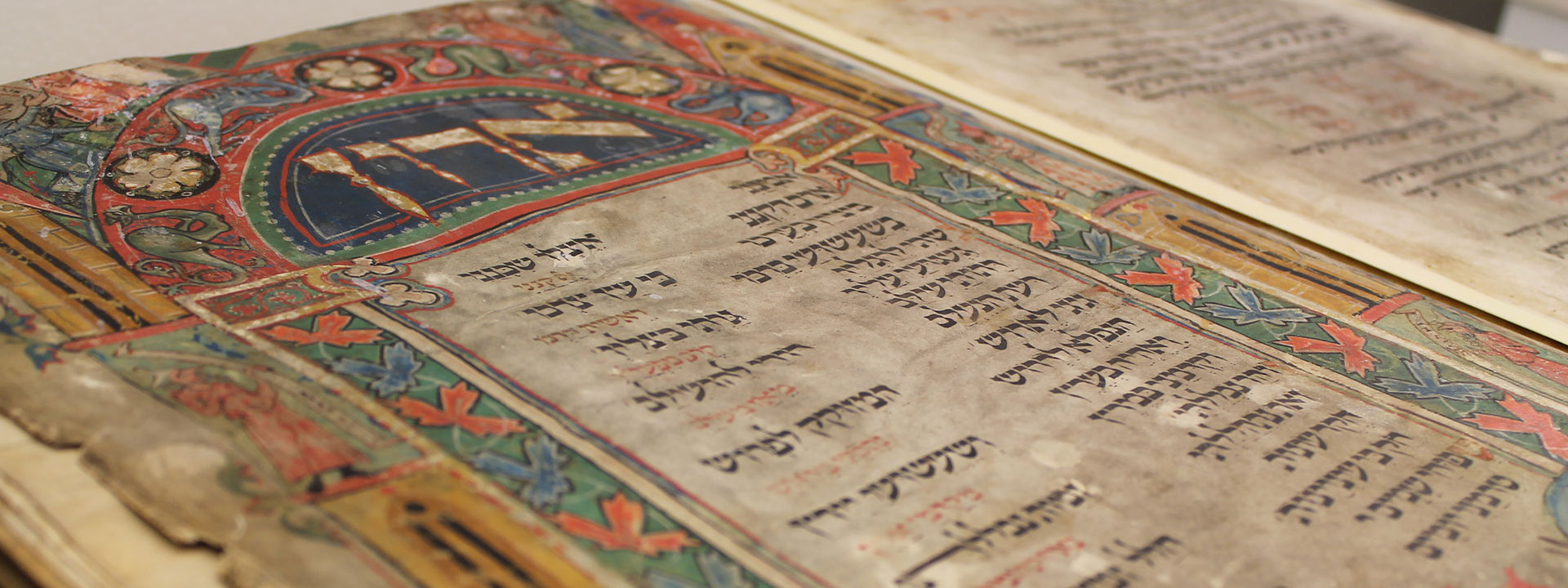Manuscripts at the National Library of Israel
Hebrew Manuscripts Around the World
For thousands of years Jewish people have used the written word to express their religious beliefs and scientific knowledge. Jewish prayers, customs, histories of communities and information from a range of disciplines, both religious and secular, were transcribed assiduously. Given that Hebrew was a written rather than spoken language, the extent of its use was surprisingly far-reaching. Jews gave abundant written expression to their rich intellectual world. Like the nomadic nature of the life of Jewish individuals and communities, Hebrew manuscripts and documents traveled across countries and continents. These significant texts, reflecting the knowledge and culture of a people, eventually found haven in the halls of great libraries, and in the vaults of private collectors. Today these precious Hebrew manuscripts shed light on the diverse and wide-ranging cultures of the Jewish people, their intellectual life and history.
Non-Hebrew Manuscripts
Almost all of the world's many literate cultures have left behind handwritten texts. Before the invention of printing, writing and copying texts was the prevalent way of passing on opinions, beliefs and knowledge from generation to generation. Even after the spread of printing technology across the world, the creation of elaborate and elegant manuscripts did not go completely out of fashion. In addition to its impressive collection of Hebrew manuscripts, the National Library also preserves a diverse collection of manuscripts in other languages, from as early as the 9th century, with the majority of these originating in Europe. Most of these manuscripts reached the Library's collections through donations. For example, the donation of Abraham Shalom Yahuda's private collection added rare and spectacular items to the Library's holdings, including Christian texts such as a number of 16th century books of hours, as well as rare Vulgate manuscripts and a large collection of Isaac Newton's theological manuscripts. A significant portion of the collection has been digitized and is now viewable by all on the National Library website and catalog.





